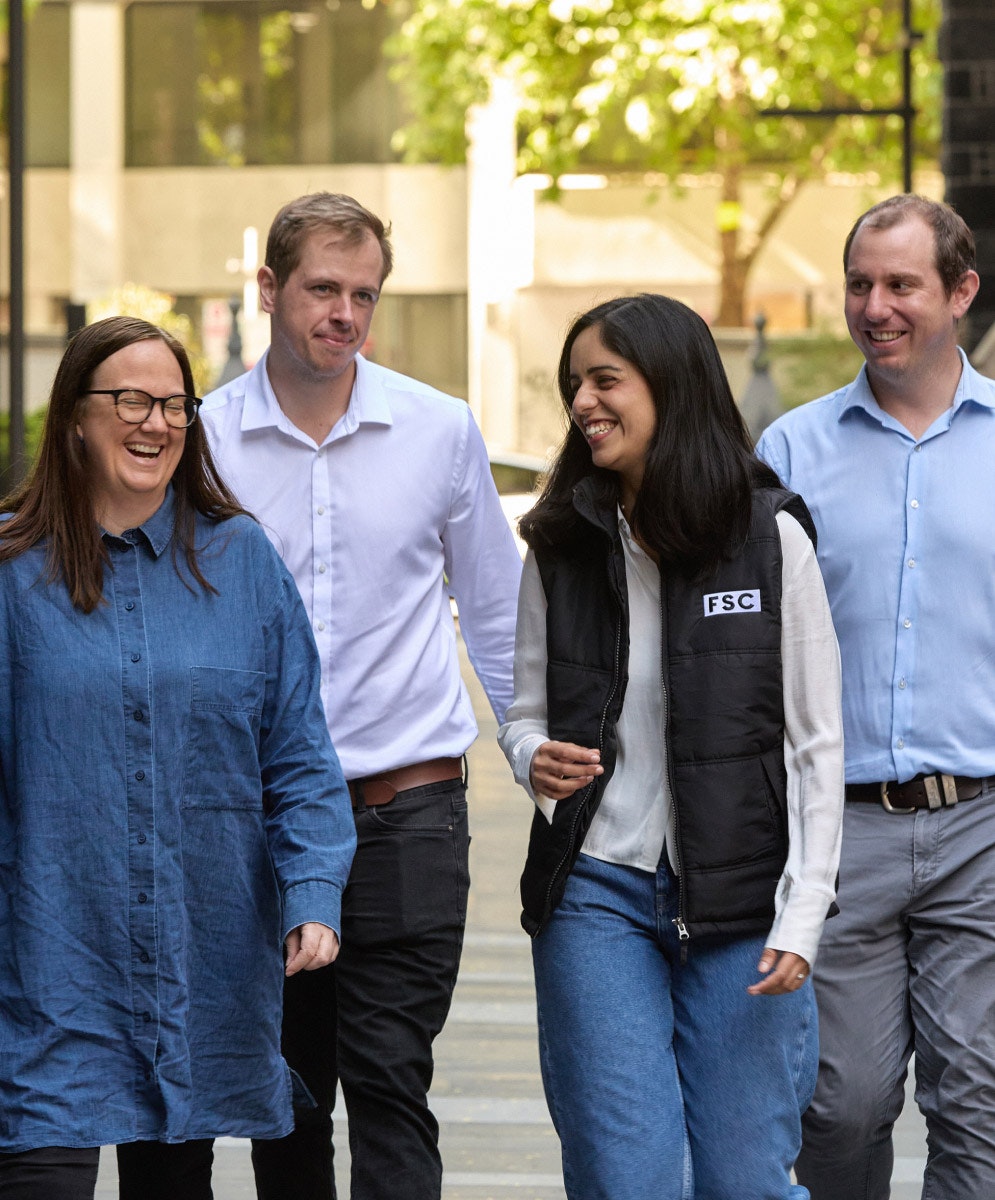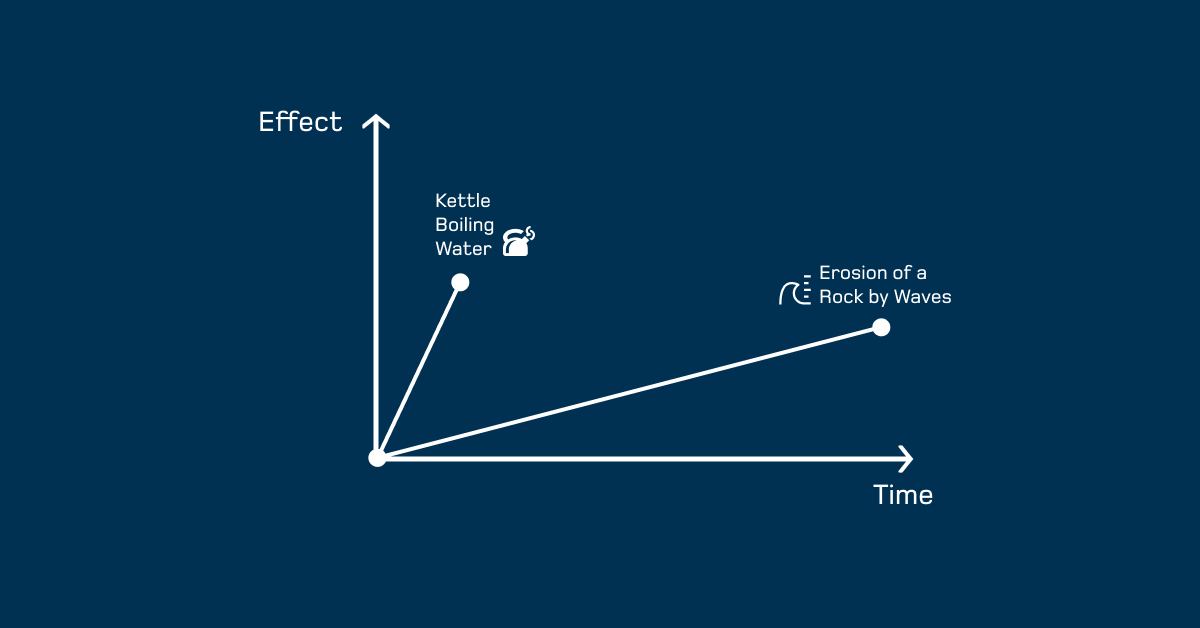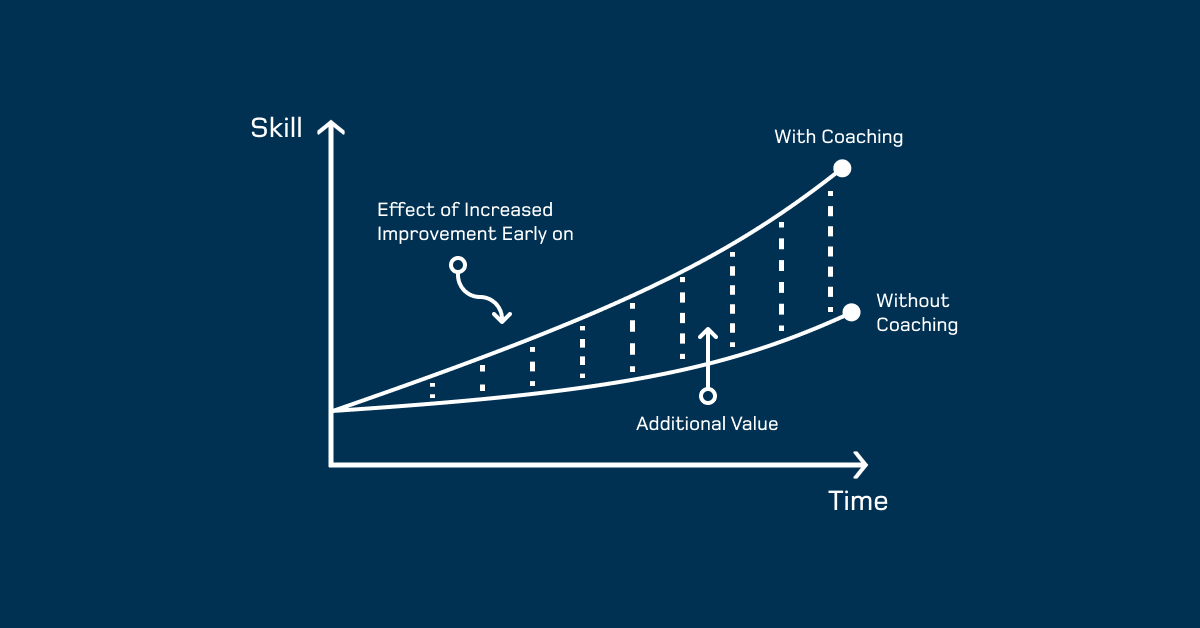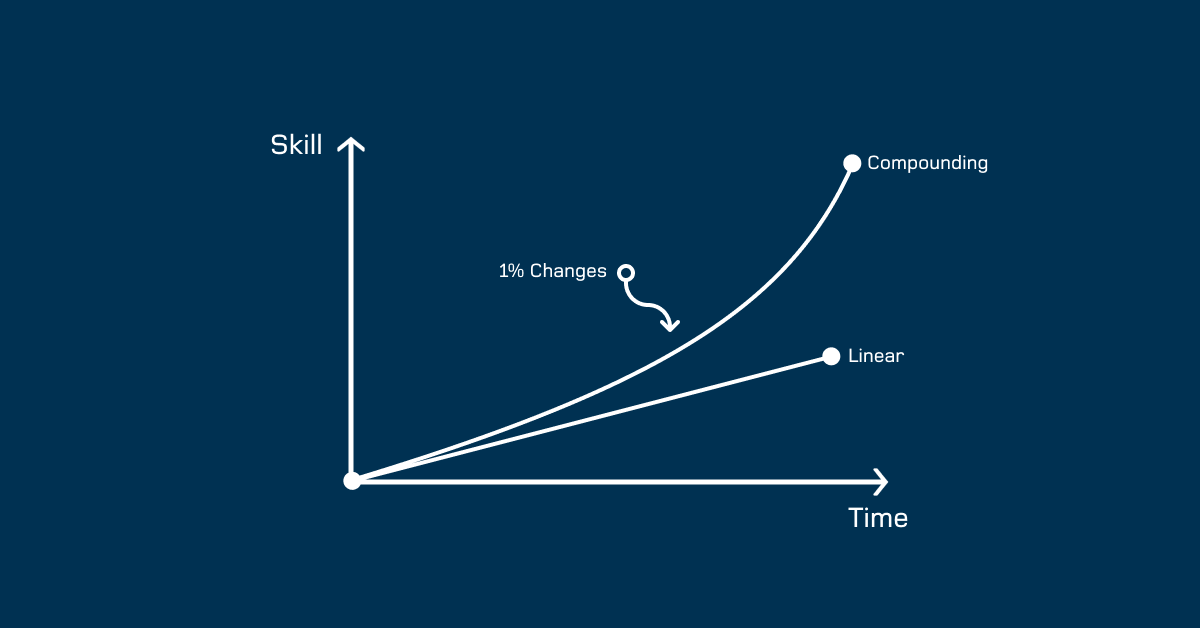As humans, we have issues predicting the future. Our biases cause us to inaccurately understand the effect of time, scale and change that our decisions have.
This can be problematic when considering strategic decisions.
In this article, I’d like to dig into three interesting aspects of the cause and effect chain to add some more dimensionality to our decision-making world.
These three topics are:
1. Time
Time enables us to move the problem from the static and introduce the possibility of change.
It is often underestimated in decision-making how long the effects of decisions last. Time adds interesting complexity to problems – it makes them dynamic. It brings into being the need for prediction, for cause and effect to be considered.
2. Scale
The scale of what you’re trying to change with your decision can weigh heavily on its effectiveness. Scale can also be thought of in the sense of how big or small the impact of your decision could be. It can also influence the rate of change.
3. Rate of change
Rate of change brings together the elements of time and scale. The rate of change amounts to how the impact of your decision changes over time.
Firstly, we can consider how quickly something will change. For example, it may change slowly over a very long period – waves crashing against a rock. Or, it may change quickly over a short period of time – like a kettle boiling water.















